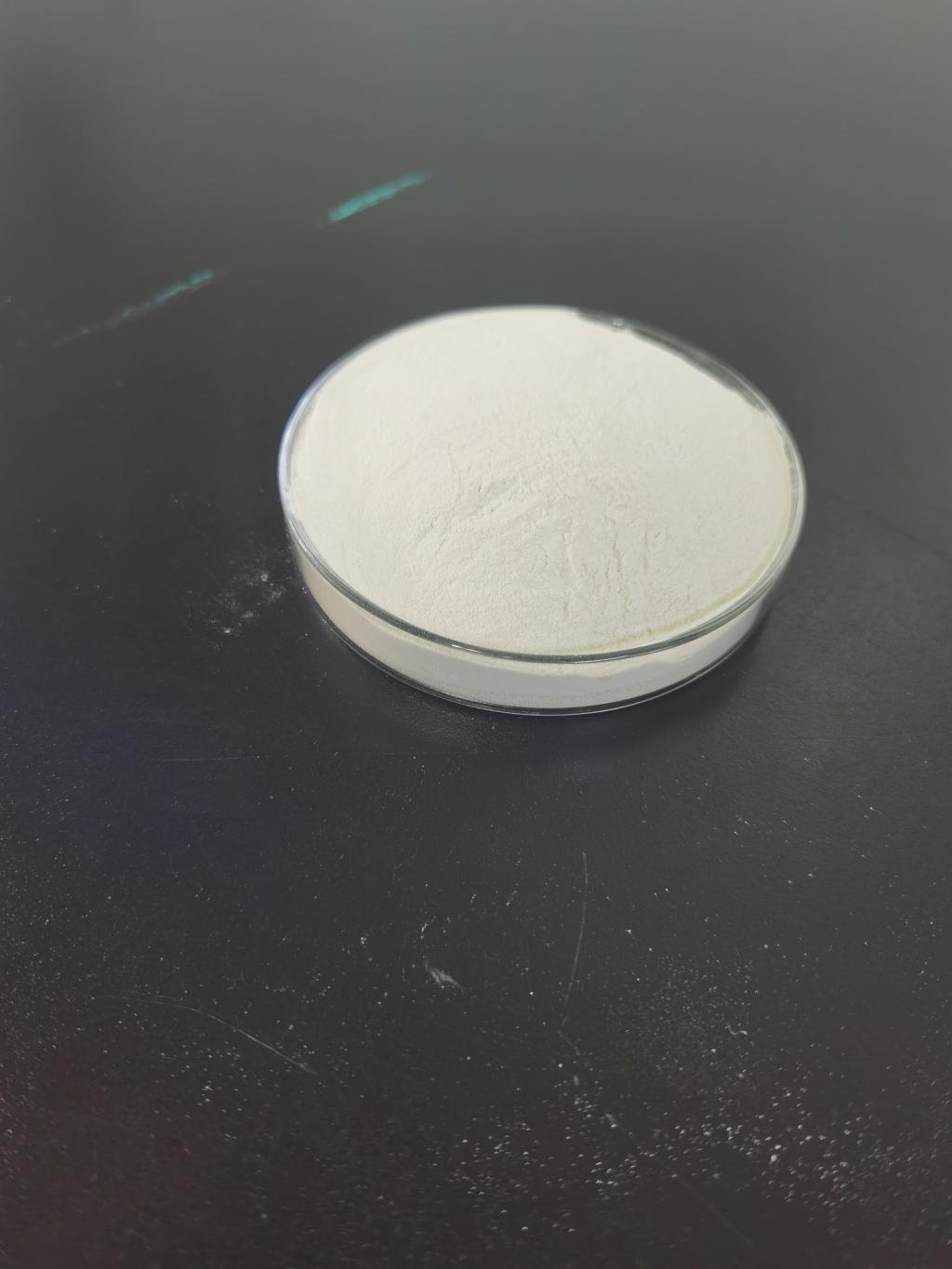Tel:+8618231198596

News
 CONTACT
CONTACT
 CONTACT
CONTACT
- Linkman:Linda Yao
- Tel: +8618231198596
- Email:linda.yao@dcpharma.cn
- Linkman:CHARLES.WANG
- Department:Overseas
- Tel: 0086 0311-85537378 0086 0311-85539701
News
Nisin: A Biopreservative Redefining the Future of Food Technology
TIME:2024-01-05
*1. Nisin: Nature's Defense Unveiled:
Nisin, a natural antimicrobial peptide, stands out as a beacon of innovation in the pursuit of sustainable food preservation. Derived from certain strains of bacteria, notably Lactococcus lactis, nisin has a rich history dating back to its discovery in the early 20th century. Its unique structure, characterized by thioether linkages and a polycyclic nature, contributes to its stability and efficacy.
The fundamental nature of nisin as a product of bacteria's defense mechanisms against harmful microorganisms has set the stage for its application in the realm of food technology. Unlike traditional chemical preservatives, nisin operates on a molecular level, targeting specific types of bacteria while sparing beneficial microorganisms. This precision makes nisin a powerful tool in the arsenal of natural preservatives.
*2. Mechanisms of Action: A Molecular Ballet Against Pathogens:
Understanding the mechanisms by which nisin exerts its antimicrobial effects unveils the elegance of its molecular ballet against pathogens. Nisin's primary mode of action involves binding to lipid II, a precursor molecule in bacterial cell wall synthesis. This binding disrupts the integrity of the cell membrane, leading to leakage of cellular contents and eventual cell death.
The multifaceted action of nisin extends to the formation of pores in the bacterial membrane, creating channels that further compromise the structural integrity of the targeted bacteria. This dual-action mechanism, coupled with its specificity for Gram-positive bacteria, positions nisin as a formidable and selective defender against foodborne pathogens.
*3. Nisin Across the Food Spectrum: From Dairy to Bakery:
The versatility of nisin as a biopreservative is evident in its applications across a spectrum of food categories.
Dairy Products: In the dairy industry, nisin has become a stalwart in ensuring the safety and quality of products such as cheese and yogurt. Its ability to combat pathogens like Listeria monocytogenes has elevated it to a crucial role in the battle against foodborne illnesses, providing a natural alternative to synthetic preservatives.
Meat and Poultry: The challenges posed by bacterial contamination in meat and poultry find a solution in nisin. From meat curing to the preservation of processed poultry products, nisin's antimicrobial properties contribute to both safety and shelf life.
Beverages: Nisin's compatibility with a range of pH levels and temperatures has opened doors to its use in preserving beverages. From fruit juices to soft drinks, its ability to inhibit spoilage microorganisms without altering taste makes it an attractive biopreservative in the beverage industry.
Canned Goods: The heat stability of nisin makes it a valuable asset in the preservation of canned goods. Its application ensures the safety and longevity of vegetables, fruits, soups, and ready-to-eat meals without the need for excessive heat or chemical additives.
Bakery Products: In the bakery sector, where mold and bacterial contamination are perpetual challenges, nisin serves as a guardian of freshness. Its application in bread and baked goods contributes to the extension of shelf life while maintaining the sensory attributes that consumers value.
*4. Navigating Challenges: Regulatory, Consumer, and Technical Considerations:
The integration of nisin into the food industry is not without its challenges.
Regulatory Compliance: Navigating the regulatory landscape governing the use of nisin in different regions presents a complex journey for food manufacturers. Obtaining approvals requires adherence to regulatory frameworks and collaboration between researchers, industry stakeholders, and regulatory bodies.
Consumer Perception: Communicating the benefits and safety of nisin to consumers is paramount for widespread acceptance. Addressing any concerns related to the use of antimicrobial agents in food products requires transparent communication and education campaigns to build trust.
Resistance Management: As with any antimicrobial agent, there is the potential for the development of resistance. Strategies for monitoring and managing resistance are crucial to ensuring the long-term efficacy of nisin.
Technological Integration: Incorporating nisin into various food products presents technological challenges. Ensuring its stability, even distribution, and compatibility with different formulations require innovative approaches in food processing.
*5. Future Horizons: Advancements and Beyond:
The future of nisin in food technology holds exciting possibilities. Ongoing research endeavors aim to enhance its stability, explore novel delivery systems, and even combine it with other natural preservatives for synergistic effects. The adaptability of nisin suggests that its applications will continue to evolve, potentially reaching new frontiers in the food industry.
Beyond food preservation, the role of nisin extends into related fields. The pharmaceutical and healthcare industries are exploring its potential applications, opening doors to a broader spectrum of possibilities. The convergence of biotechnology and food science presents a landscape where nisin becomes not just a preservative but a multifaceted tool with implications for human health and well-being.
Conclusion:
Nisin's journey from a discovery in the early 20th century to a transformative force in food technology is a testament to the potential of nature-inspired solutions. As a biopreservative, nisin redefines the future of food preservation by offering a natural and targeted approach to microbial challenges. Its specificity, stability, and compatibility across diverse food categories position it as a versatile ally in the pursuit of sustainable and safe food practices.
As the food industry continues to evolve, driven by consumer demands for cleaner labels and sustainable practices, nisin emerges as a beacon of innovation. Its integration into food technology not only addresses the immediate challenges of preservation but also aligns with the broader goals of enhancing food safety, reducing food waste, and meeting the preferences of an increasingly conscious consumer base. In the symphony of food technology, nisin plays a pivotal role, orchestrating a future where the preservation of food aligns seamlessly with the principles of nature and sustainability.
- Tel:+8618231198596
- Whatsapp:18231198596
- Chat With Skype







